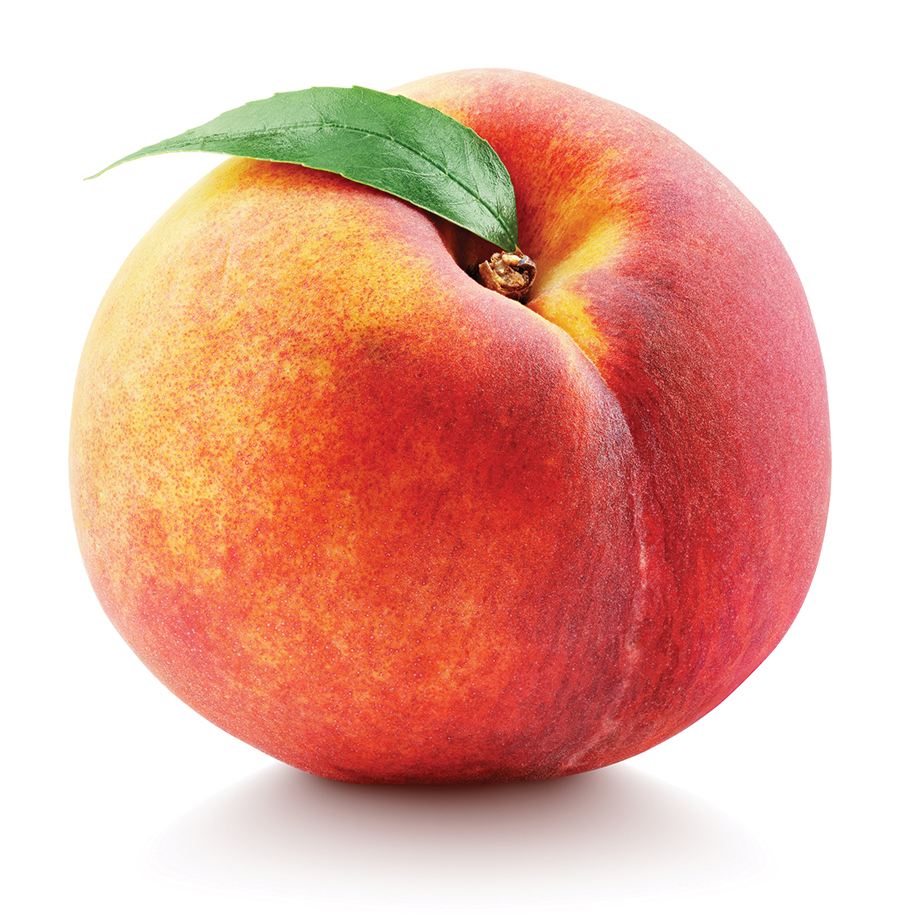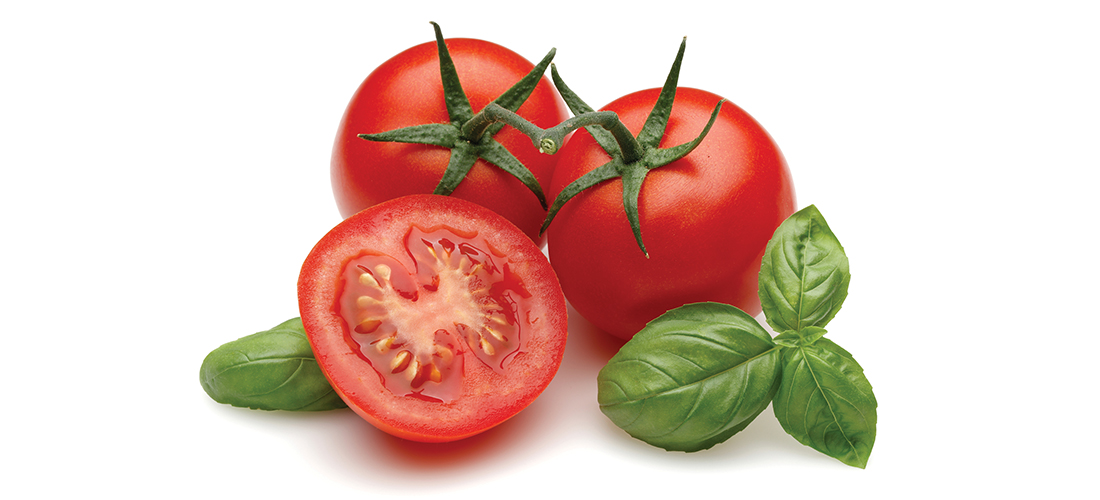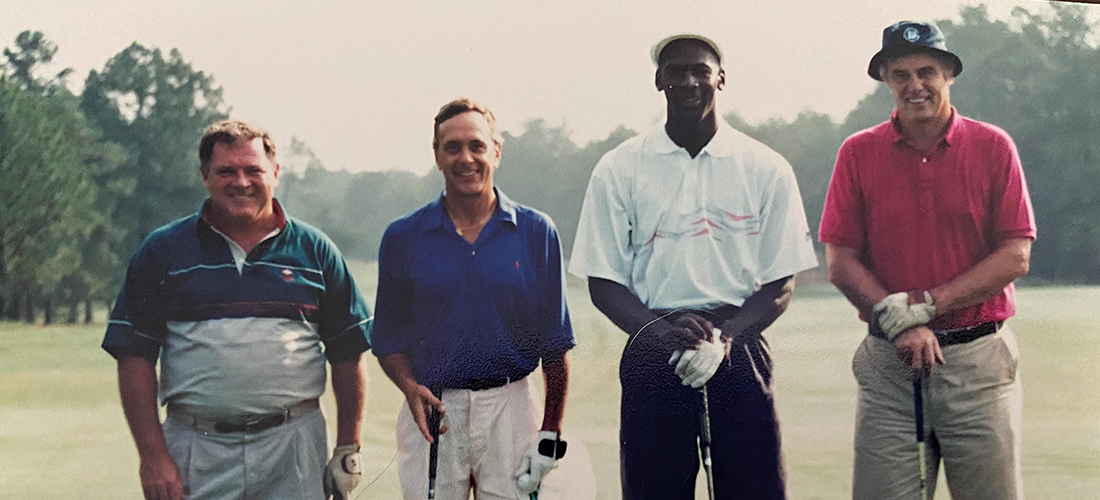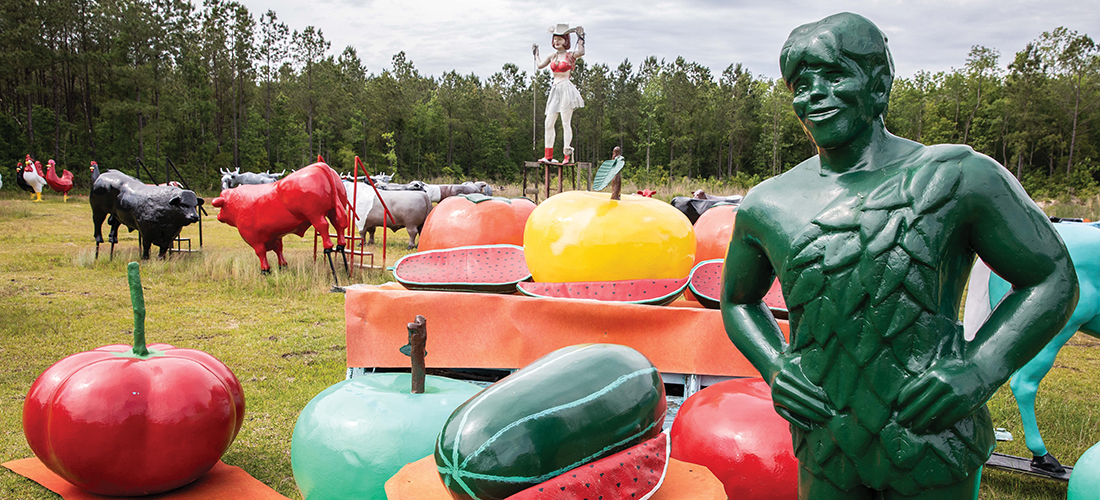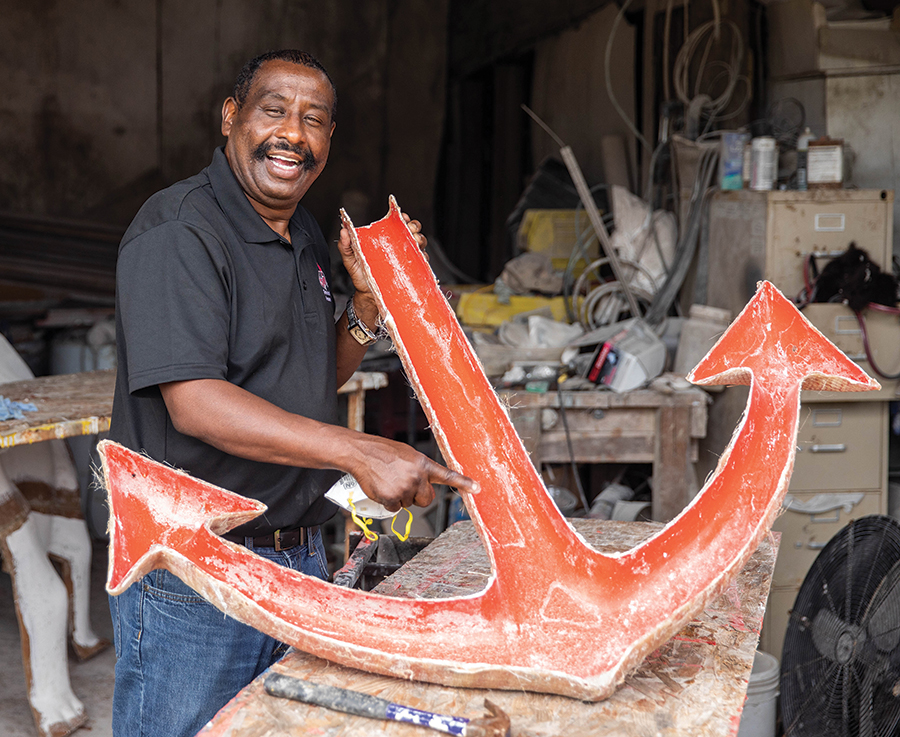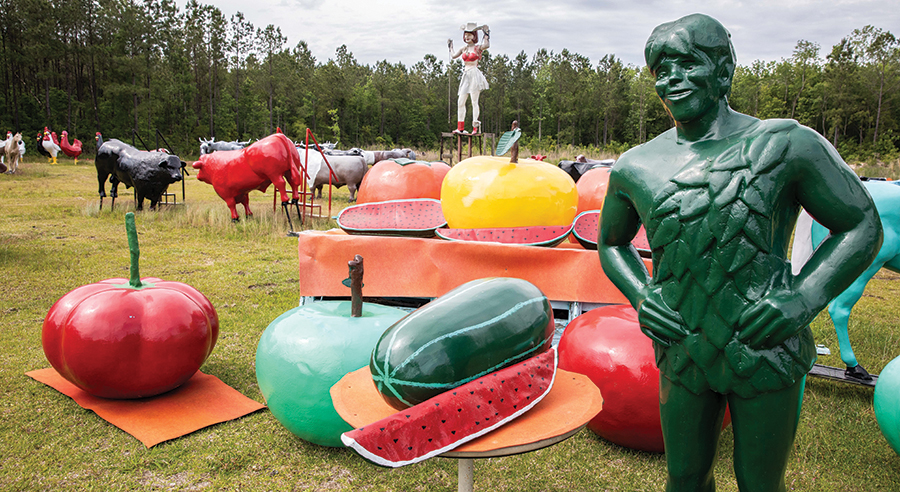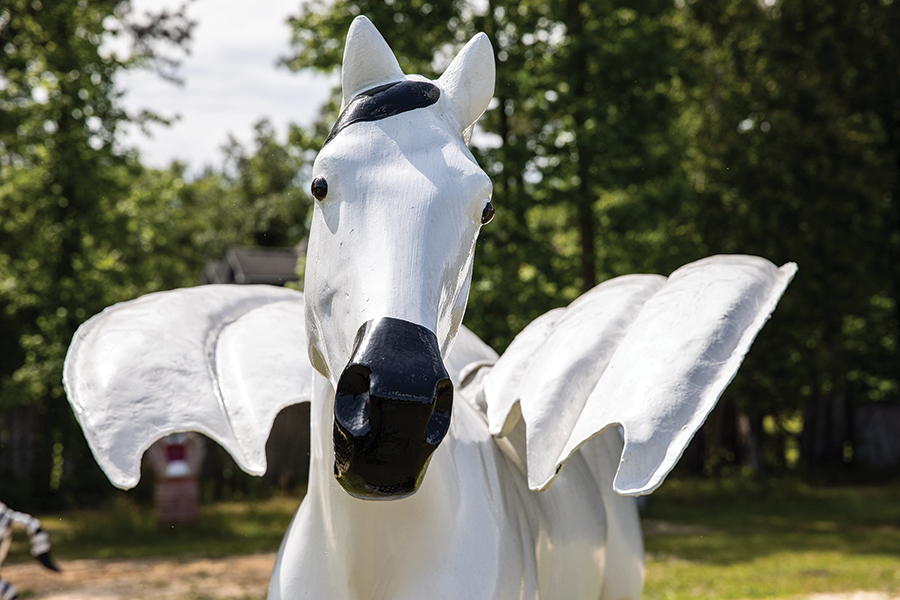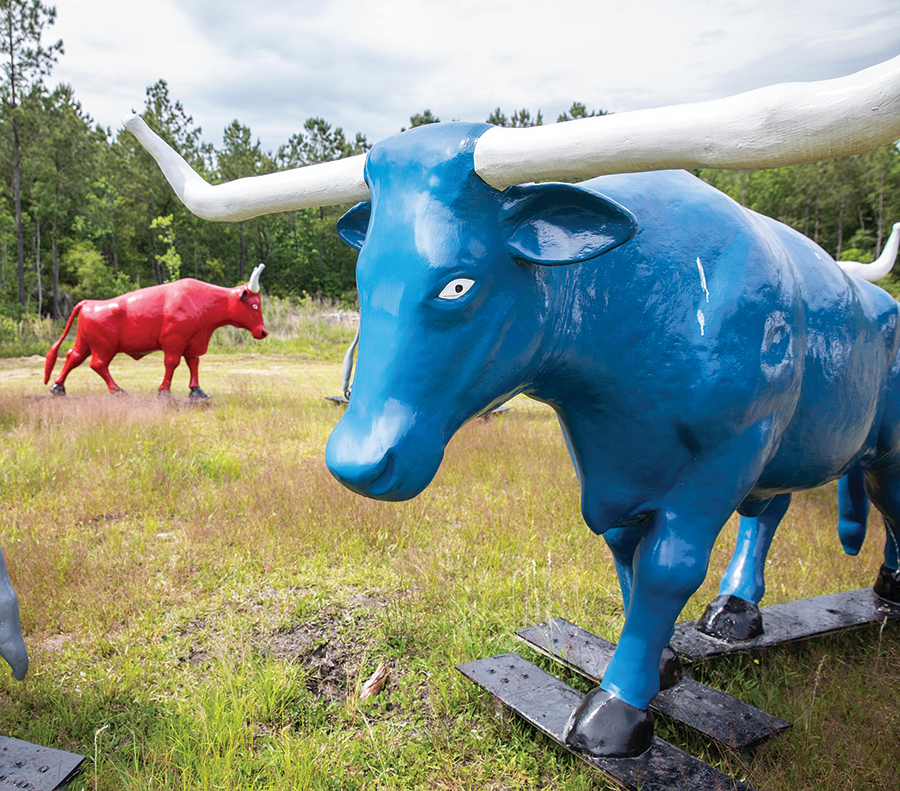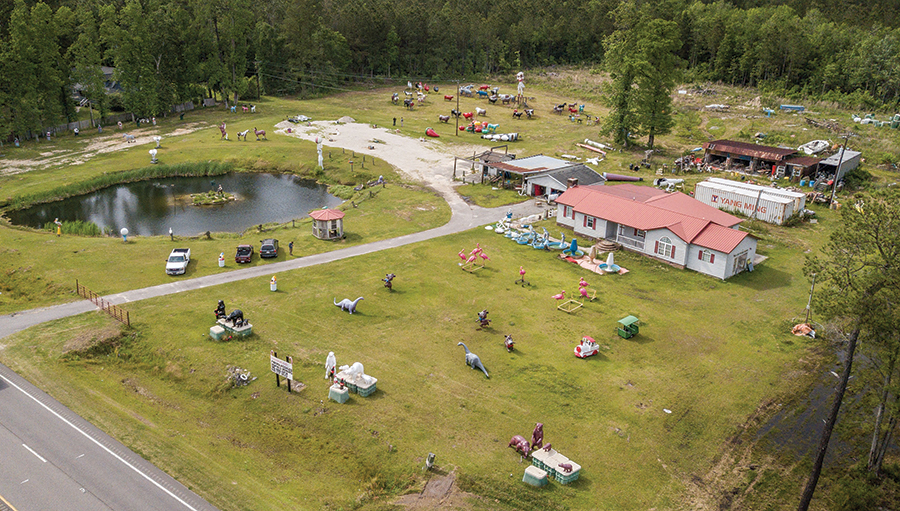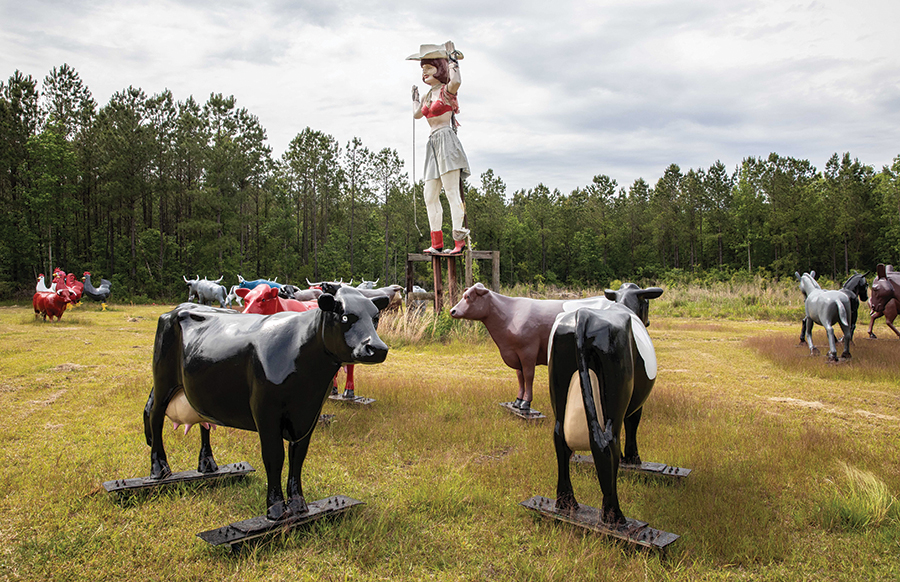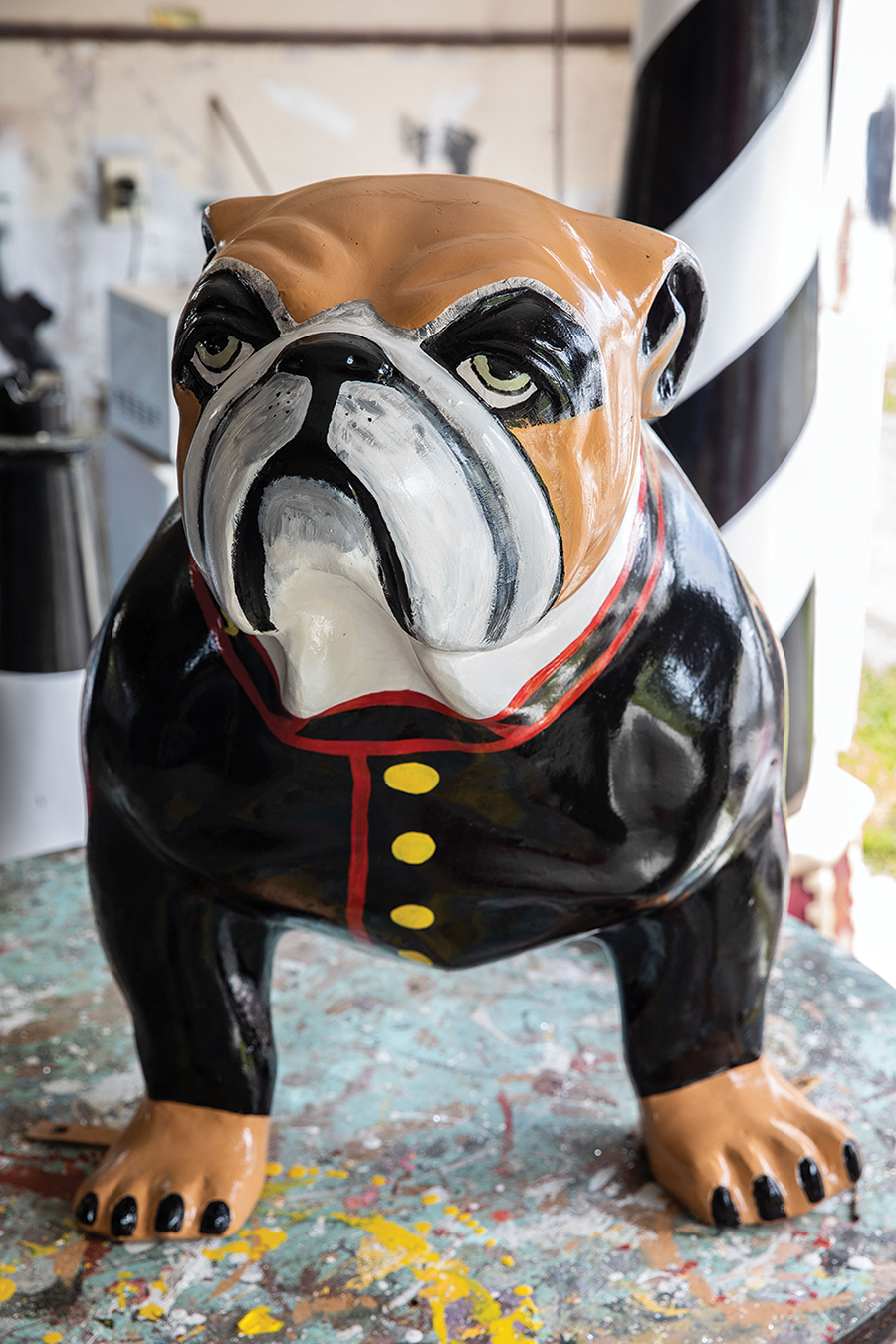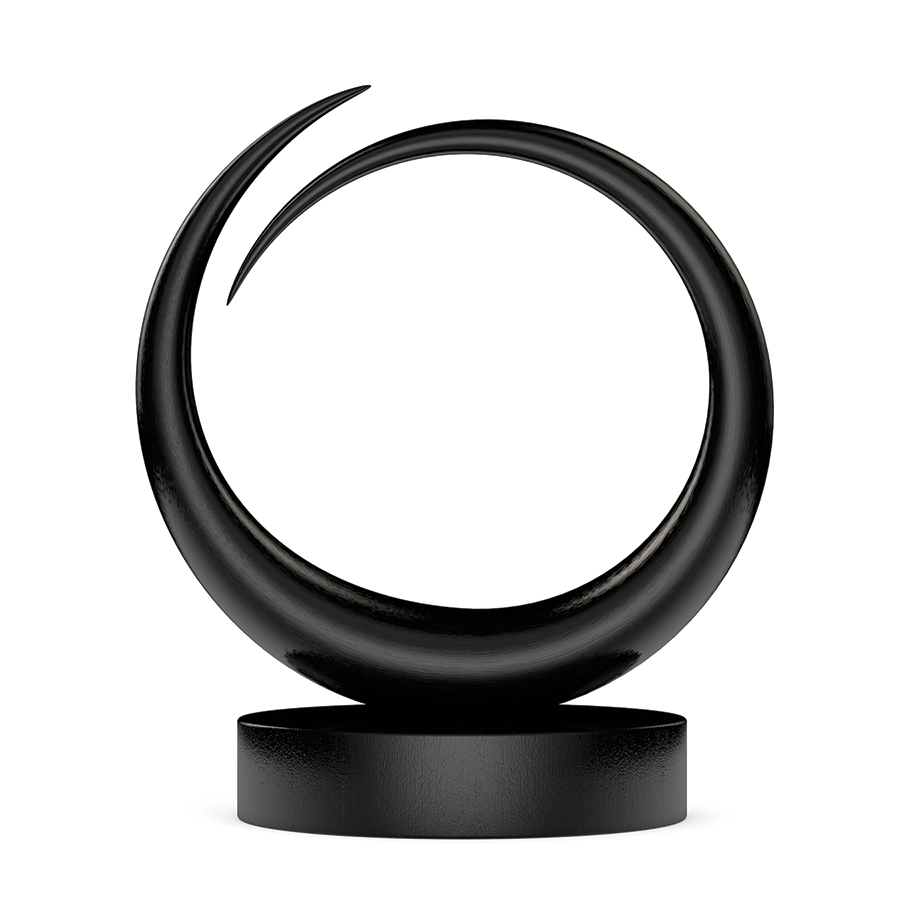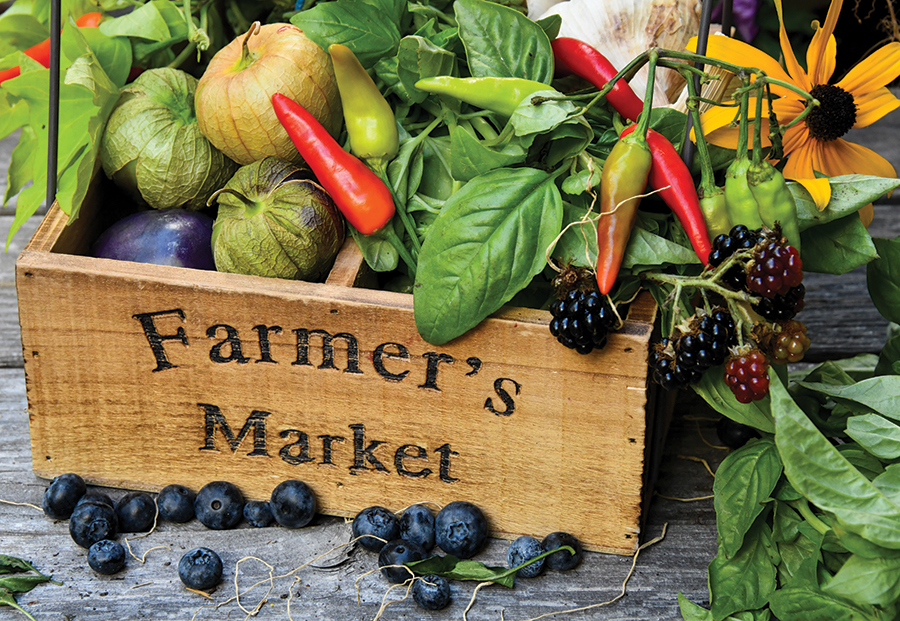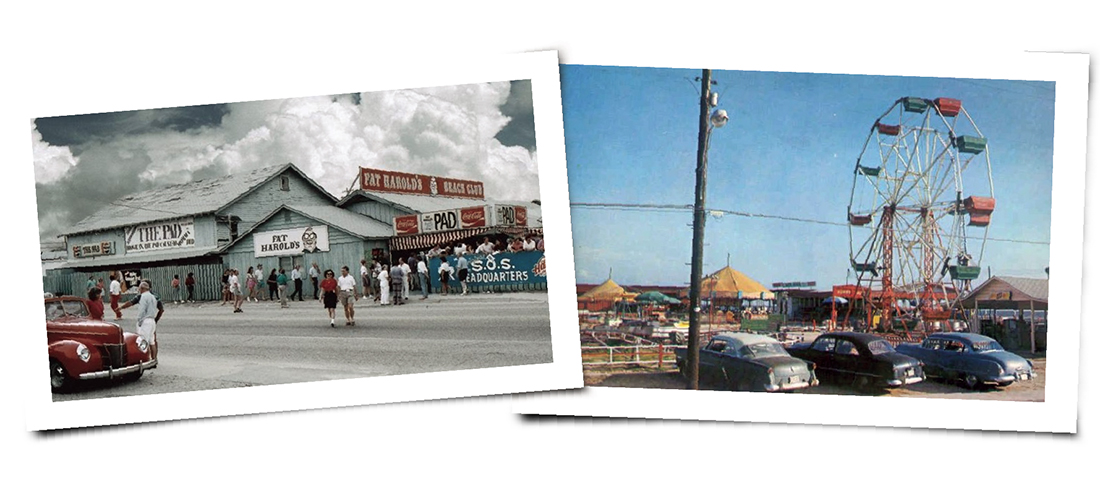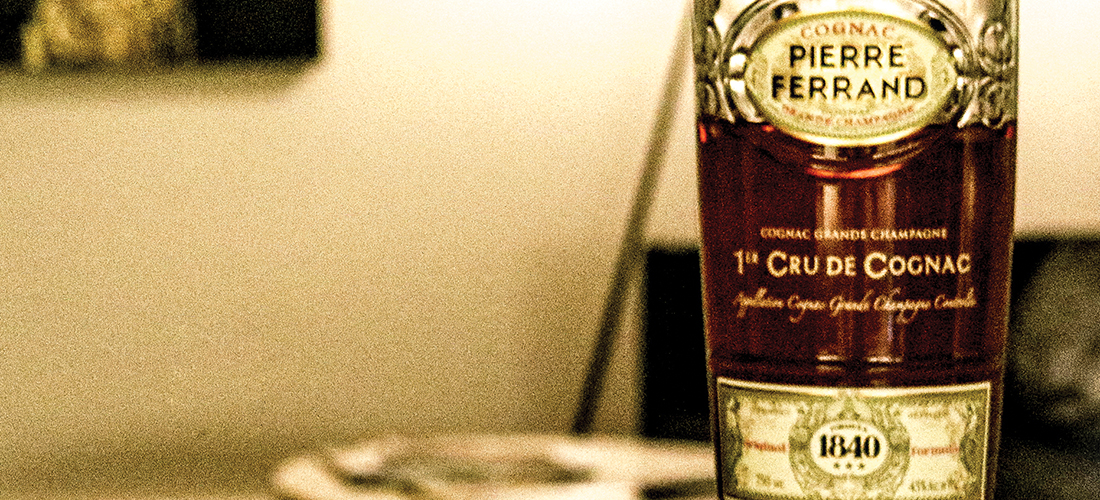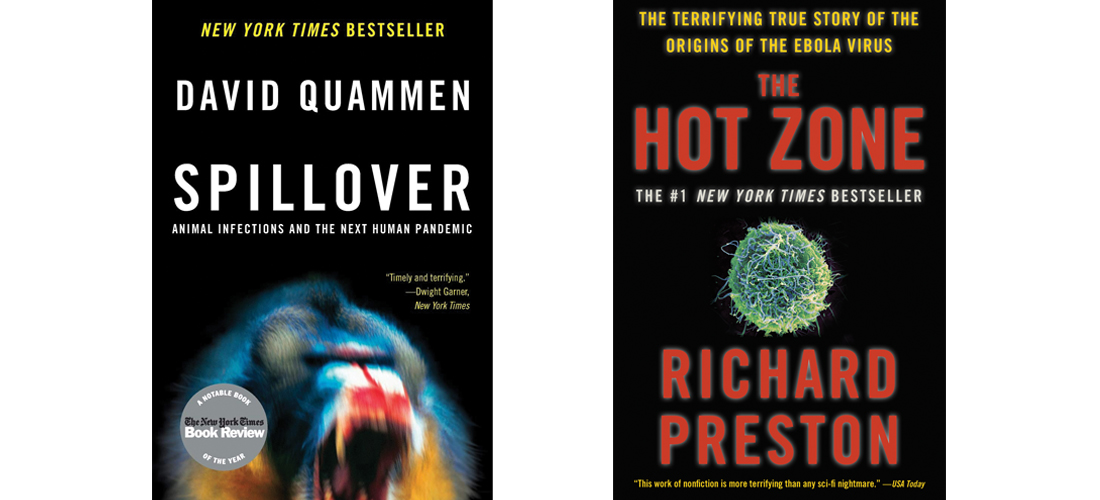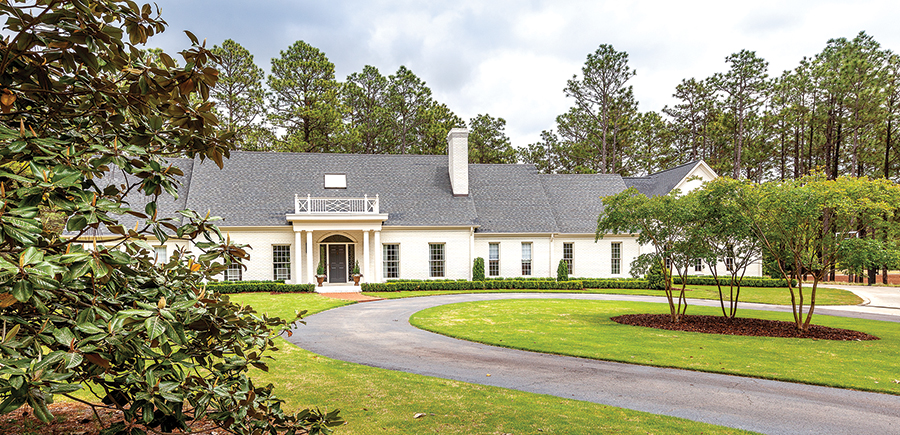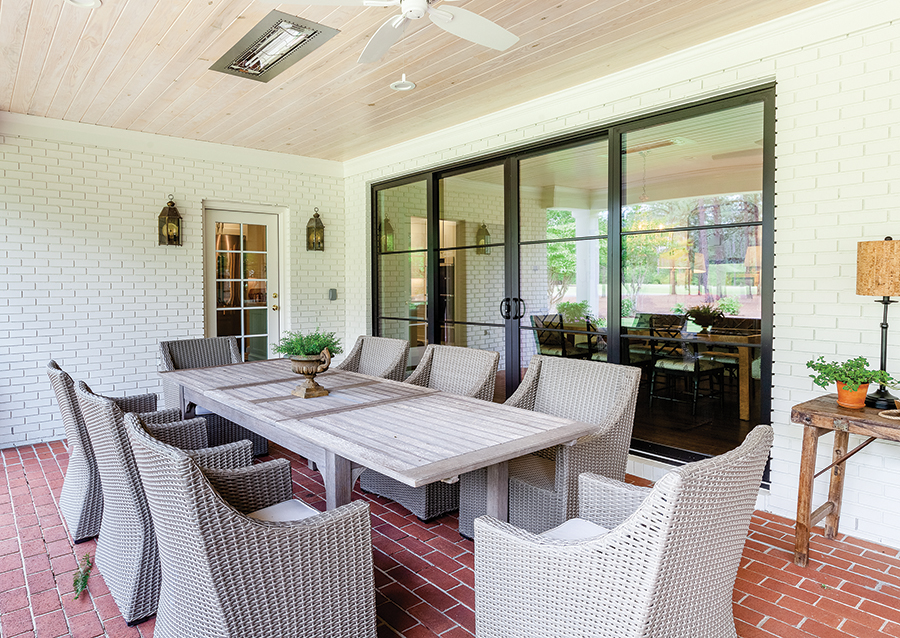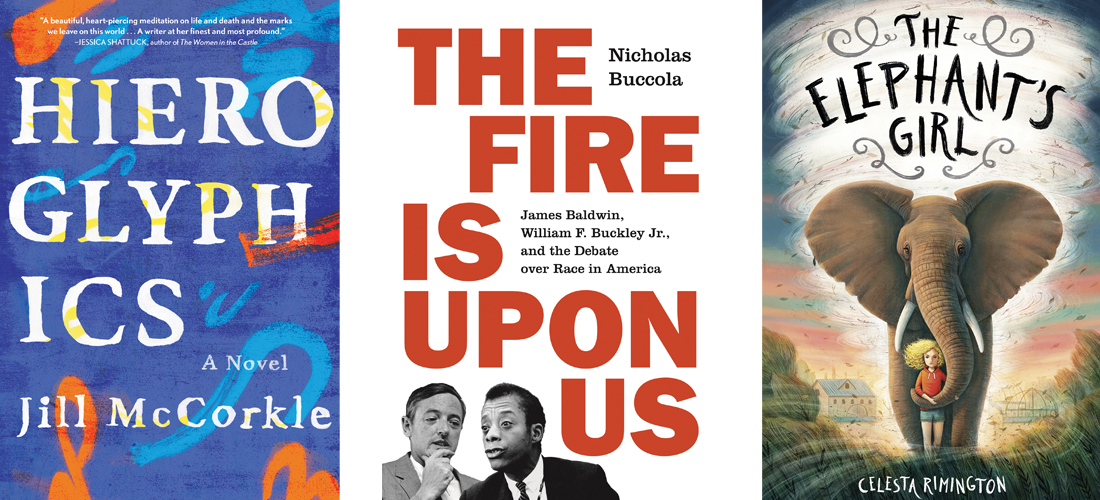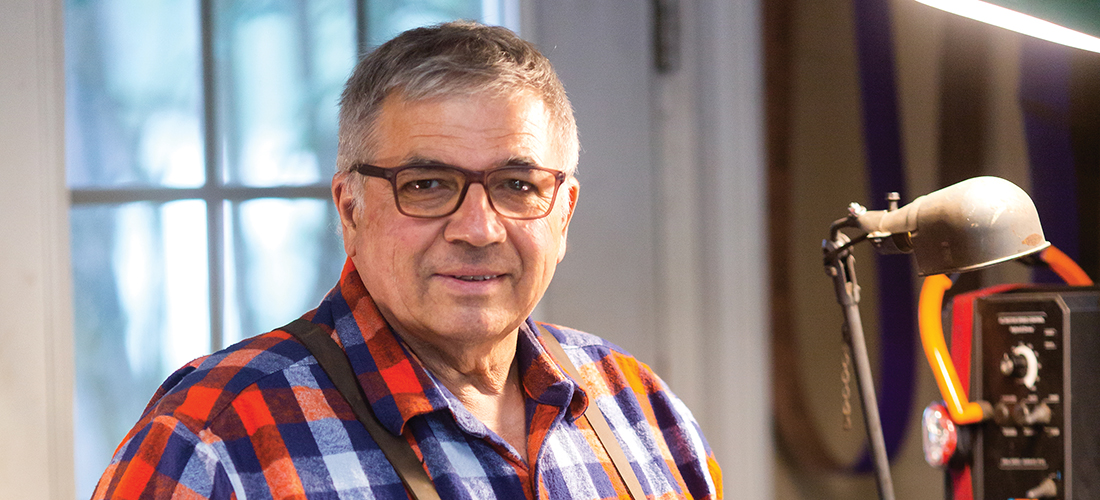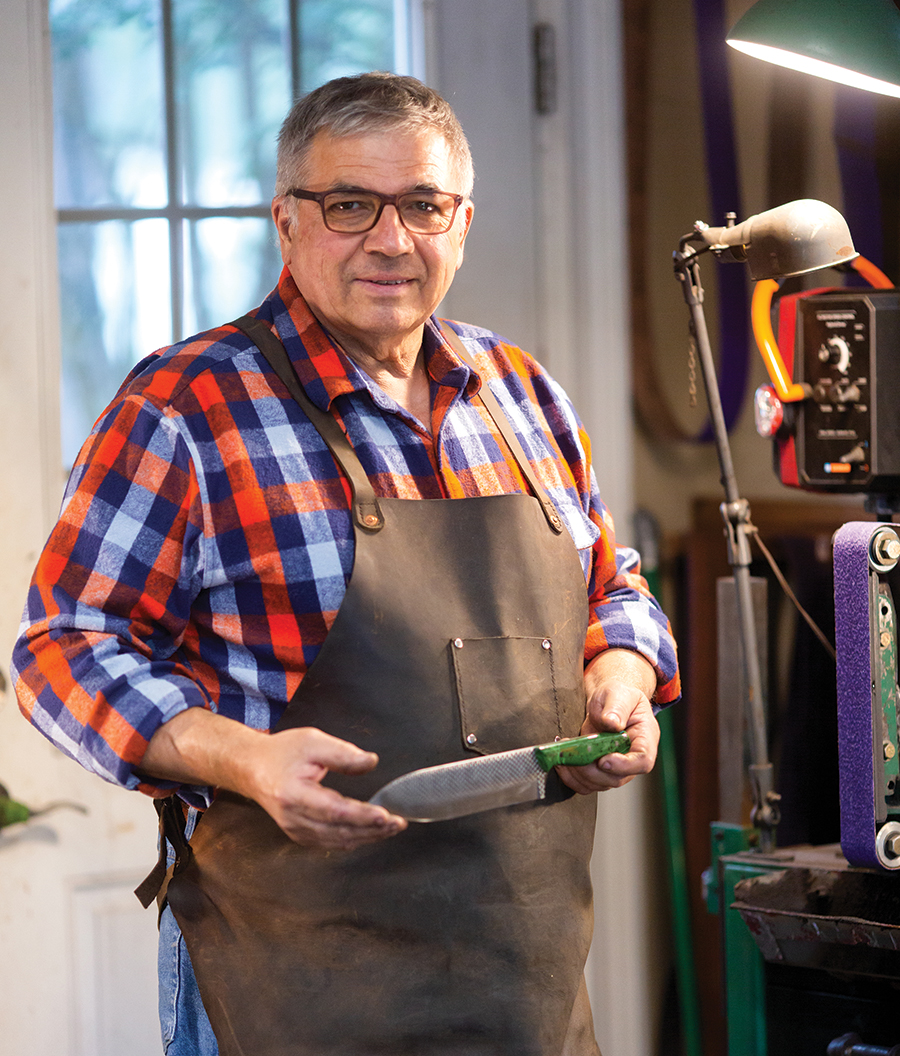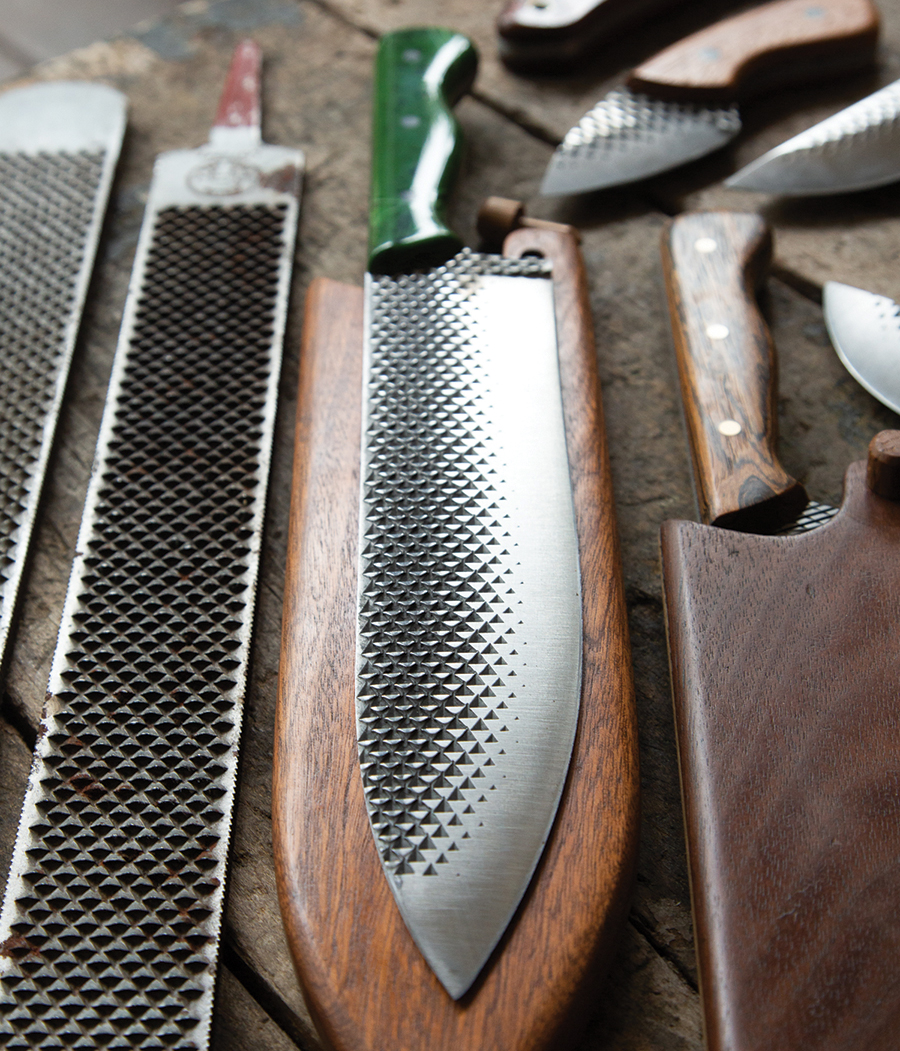Weeks ago, before what felt like endless days of rain, two flats of tomato plants mysteriously landed on your porch (how’d they get there?), and so you planted them deep in the sunniest patches of your garden.
A Cherokee Purple here; two Lemon Boys there; a Park’s Whopper by the lush trough of sweet and purple basil; and sundry grapes and cherries scattered about in various pots and planters.
Now, the earliest fruits are ripening, and each new tomato is simply miraculous. One catches the sun, drawing you near — an heirloom cherry among a small cluster of green and yellow fruits. You hold it gently between your thumb and forefinger, can almost feel the life force pulsing inside. Days from now, that tomato will be ready for harvest. Patience, the garden whispers, and you know it’s true: Nature never rushes.
On the other side of the yard, where the Cherokee Purple is soaking up the earliest rays of light, you admire how strong and healthy the plant looks — how fully supported. The advice you were given echoes back like a dream: plant deep; don’t be afraid to bury a few of the leaves; the stem will sprout new roots.
Plump fruit heavy on the vine, you contemplate, is the gardener’s crystal sphere. It tells of the future, yes (tomato pies and homemade salsas). But it also tells of the past — the sunlight and rain; the good fortune; the “invisible” strength, growth, and magic that took root beneath the surface.
Patience, you whisper, reminding yourself that you, too, have much to offer, even if you can’t yet see it. Sunshine or rain, there is wisdom taking root. Be generous with yourself. Allow whatever space, care and time you require.
The cicadas have mastered this art form. Seventeen years underground, and here they are, screaming out in glorious ecstasy. Not a moment too late or too soon.
Homegrown Gourmet
If you find yourself with two pounds of homegrown tomatoes, and none of the following ingredients make you shudder (flour, mayonnaise, milk, cheese and butter), do yourself a favor and look up Laurie Colwin’s Tomato Pie. Summer supper seasoned with scallions and chopped basil, and can you say leftovers?
A world without tomatoes is like a string quartet without violins. — Laurie Colwin

The Goddess Tree
On more than one occasion, I have gasped at the crape myrtle’s likeness to a Greek goddess. The smoothness of its multicolored bark. How its trunk and slender branches seem to embody such poise and grace.
Now through September, the crape myrtle blooms, its bright pink flowers fragrant in the thick, summer air.
Although its English name derived from its myrtle-like leaves and crinkled, tissue-like petals, this ornamental tree is native to China, where its name means “hundred days of red.”
While the crape myrtle is not a true myrtle, the myrtle is known as the flower of the gods, and is specifically associated with Aphrodite, the Greek goddess of love.
Makes perfect sense to me.
The summer night is like a perfection of thought. — Wallace Stevens
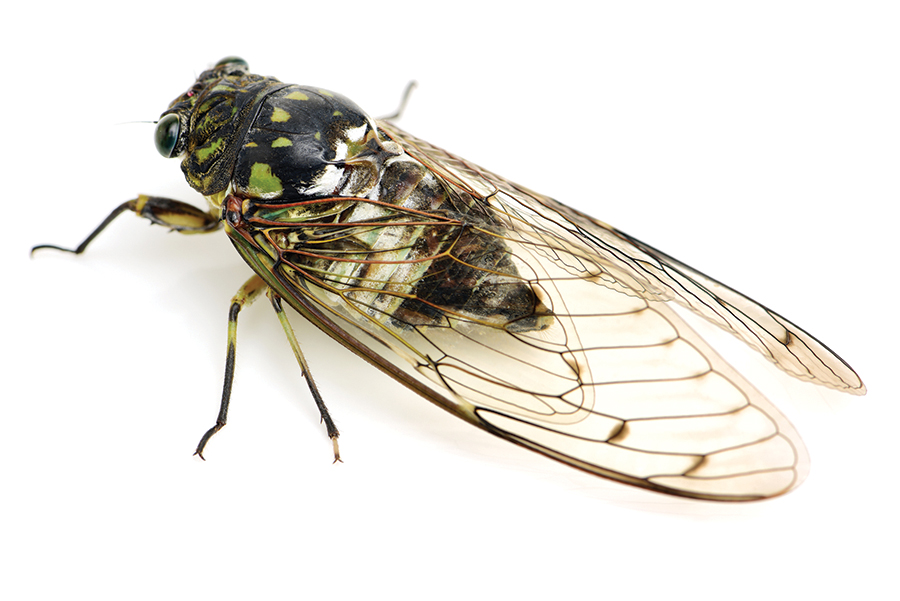
The Grand Emergence
If you happened to hear — or are still hearing — the deafening hum of the million-plus “Brood IX” cicadas predicted to emerge in our state per acre after 17 years underground, then you have witnessed one of the fullest, most jubilant expressions of life on Earth.
Sometimes we forget how miraculous it is just to be here. And how wild.
This dreamy month of summer, when the Earth is pulsing, buzzing, screaming with life in all directions, we remember. Ripe peaches and wild blackberries. Cornsilk and crickets. Butterfly weed and hummingbird mint.
It’s all a gift.
The garden is ripe for harvest, and everything we need is here. Our only requirement, from time to time, is to celebrate our great fortune.
Happy Fourth of July, friends. PS
